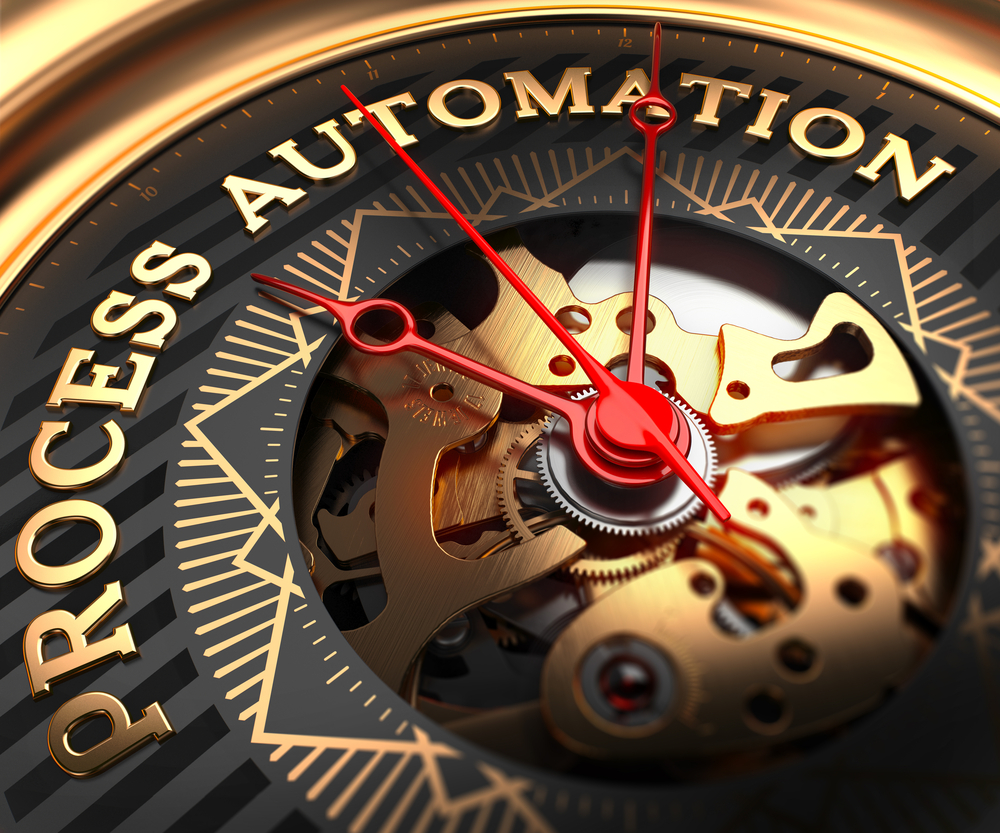eInvoicing is becoming increasingly common, with many companies today only accepting electronic invoices. Offering greater efficiency and higher data visibility, eInvoicing can help businesses communicate with suppliers and customers to ensure reliable cash flow.

Why eInvoicing?
E-invoicing means using an electronic billing system to track transactions between your company and your customers. Not to be confused with systems that simply scan paper invoices, e-invoicing offers several benefits to businesses.
eInvoicing Benefits
1. Better Efficiency
Paper invoicing requires employees to retrieve data from invoices and manually enter it into the company's bookkeeping system. eInvoicing systems can perform this step automatically, saving time and reducing human error.
2. More Data
eInvoicing systems make it possible to organize invoices by customer, which means you can easily track which customers are consistently late paying their bills. This visibility could help your organization analyze trends and plan for the future.
3. Improved Cash Flow
When you can track all your invoices and see at a glance how much money you can expect to receive over the next month or few months, it is easier to ensure your business has adequate cash flow.
4. Better Collaboration
Electronic invoicing systems facilitate communication between buyers, suppliers, and customers. Through greater collaboration, you can forge strong relationships with the people and organizations on which your business depends.
eInvoicing Disadvantages
Although e-invoicing has many benefits, there are some drawbacks of which you should be aware. Trying to adopt an e-invoicing system without proper preparation or the right knowledge of how the system works could lead to confusion and wasted time. However, with the right training, this problem can be overcome.
Some customers might prefer to receive a paper invoice. Although some e-invoicing systems are designed to be paperless, it is often possible to print a copy of an invoice for the small number of people who prefer not to work with digital technologies.
What Does an Electronic Invoice Look Like?
An e-invoice often looks similar to a traditional paper invoice. It contains information required by tax officials, including the receiver's address and your bank account information, in addition to the customer's e-invoice information.
Sometimes, the e-invoice might come with an attachment that breaks down the invoice information in more detail.
You can download a very simple example of an e-invoice here. You can use this template to design your own electronic invoices.
How to Transition into an eInvoicing System
Transitioning into an electronic invoicing system can be tricky because it relies on your vendors agreeing to collaborate with you.
The first step involves sending letters to a group of vendors to explain the process change that you plan to make. The letters should explain how vendors can set up their accounts online and provide a way for them to get in touch with questions.
It is a good idea to focus first on vendors who have the largest volume of invoices. Smaller vendors can be brought on board later, once the system is set up.
Following the letters, the second step would be to follow up with emails and phone calls to ensure that vendors are on board. Big vendors are usually keen to transition to an e-invoicing system, but it is still important to communicate clearly to avoid confusion or unnecessary delays.
If you clients or vendors already use another platform or tool to manage e-invoices, make sure you get them to make the switch to the one you decide to use. This will make things easier when transitioning to an e-invoicing system.
Why Should You Consider eInvoicing?
eInvoicing is a convenient and efficient solution for modern businesses. Offering greater data visibility and time saving efficiencies, eInvoicing can bring significant benefits to your organization.

